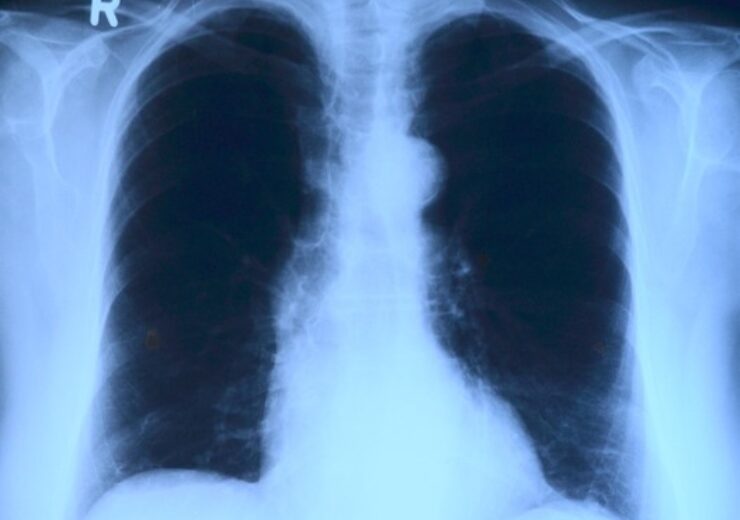The new AI solution is a part of the company’s Critical Care Suite 2.02, which is a collection of AI algorithms embedded on a mobile x-ray device

The new AI solution is a part of the company’s Critical Care Suite 2.02. (Credit: toubibe from Pixabay)
GE Healthcare has developed a new artificial intelligence (AI) algorithm to help clinicians assess Endotracheal Tube (ETT) placements for ventilating critically ill Covid-19 patients.
The new AI solution is a part of the company’s Critical Care Suite 2.02, which is a collection of AI algorithms embedded on a mobile x-ray device for automated measurement and quality control.
According to the research, up to 25% of patients intubated outside of the operating room have misplaced ETTs on chest x-rays, leading to severe complications, including hyperinflation, pneumothorax, cardiac arrest and death in patients.
GE Healthcare imaging president and CEO Jan Makela said: “Today, clinicians are overwhelmed, experiencing mounting pressure as a result of an ever-increasing number of patients.
“The pandemic has proven what we already knew, that data, AI and connectivity are central to helping those on the front lines deliver intelligently efficient care.
“GE Healthcare is not only providing new tools to help hospital staff keep up with demand without compromising diagnostic precision, but also leading the way on COVID-era advancements that will have a long-lasting impact on the industry, long after the pandemic ends.”
Critical Care Suite 2.0 automatically detects ETT in chest x-ray image using AI
The company said that up to 45% ICU patients, including severe Covid-19 cases, receive ETT intubation for ventilation, and proper ETT placement can be difficult.
Also, the improper positioning of the ETT during intubation may lead to several complications, including a pneumothorax, a type of collapsed lung.
Its Critical Care Suite 2.0 leverages AI to automatically detect ETTs in chest x-ray images and offers accurate and automated ETT positioning measurement within seconds of image acquisition, on the monitor of the x-ray system.
The new solution provides the accurate measurement of ET Tube tip-to-Carina distance to within 1.0cm in 94% of cases, helping clinicians determine if the ETT is properly placed or additional attention is needed, said the company.
The AI generated measurements, combined with an image overlay are accessible in a picture archiving and communication systems (PACS).
When a patient is scanned on a device with Critical Care Suite 2.0, the system automatically analyses images and sends an alert to the radiologist for review through PACS.
University Hospital Cleveland Medical Centre diagnostic radiography modality director Amit Gupta said: “Seconds and minutes matter when dealing with a collapsed lung or assessing endotracheal tube positioning in a critically ill patient.
“In several Covid-19 patient cases, the pneumothorax AI algorithm has proved prophetic, accurately identifying pneumothoraces/barotrauma in intubated Covid-19 patients, flagging them to radiologist and radiology residents, and enabling expedited patient treatment.
“Altogether, this technology is a game changer, helping us operate more efficiently as a practice, without compromising diagnostic precision. We soon will evaluate the new ETT placement AI algorithm, which we hope will be an equally valuable tool as we continue caring for critically ill Covid-19 patients.”
